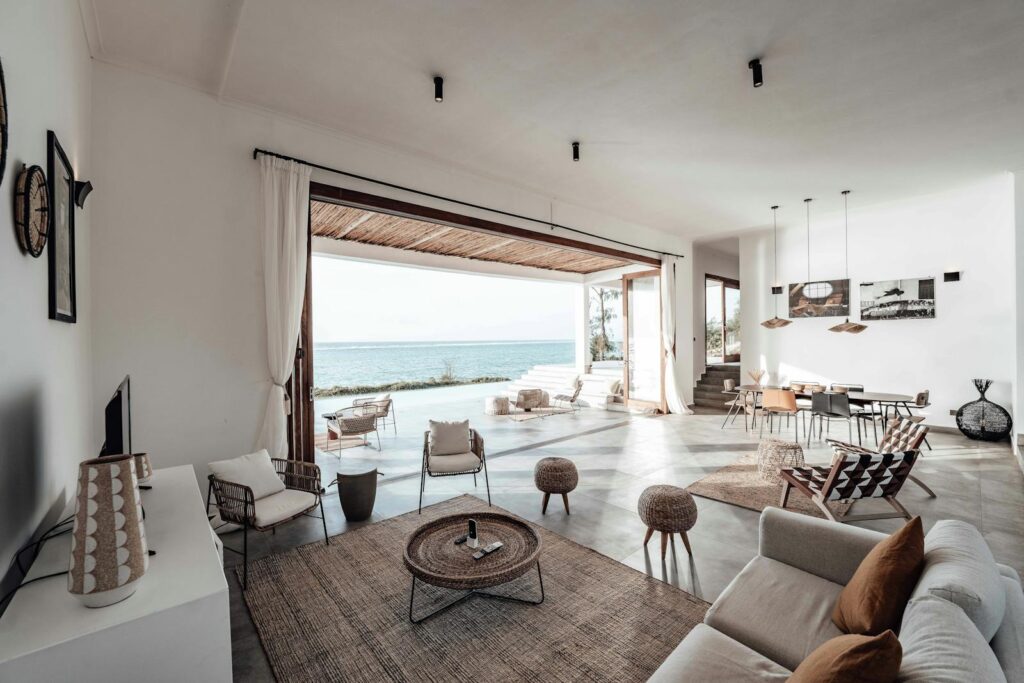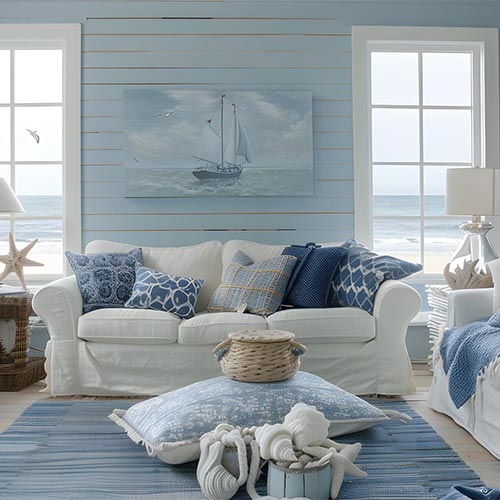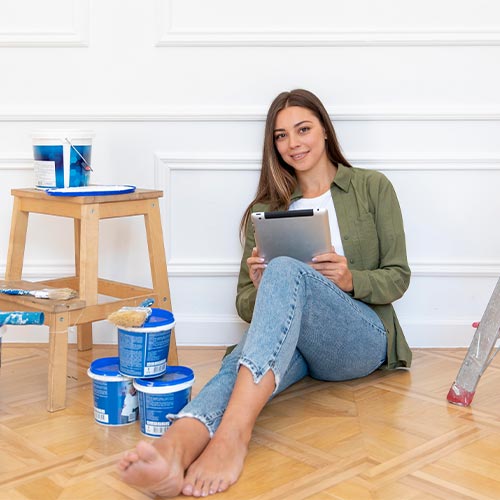Coastal Style Homes
Inspired by the beach, it embodies the natural environment. Coastal-style homes depict the essence of beach living as an artistic masterpiece, creating a soothing atmosphere.
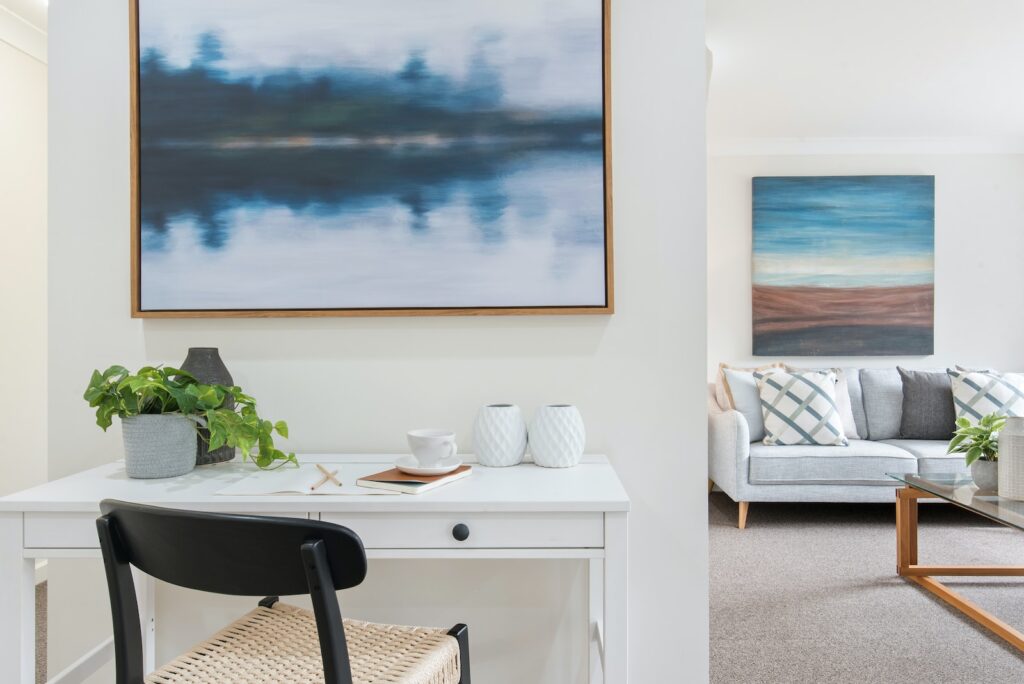
What is coastal interior design?
Coastal interior design is pretty self-explanatory—it’s all about bringing the beach vibe into your home. It’s inspired by the colors and textures of the coast, like the deep blue sea, sandy beaches, and the warm tones of boats.
*Coastal interiors use soft colors and comfy materials, with clean lines and a purposeful design that doesn’t feel too casual or undefined.
In coastal interiors, you’ll often see deep blues and bright whites, paired with lots of natural materials like wood, linen, and rattan. Using materials like wood beams, linen fabrics, and plaster walls is key to nailing this look and giving your space an authentic coastal feel.
The coastal design features a light and neutral color palette, including shades of white, beige, soft blue, and green that evoke a beach atmosphere. This style often incorporates large windows and glass doors to maximize natural light, reminiscent of minimalistic and art deco influences.
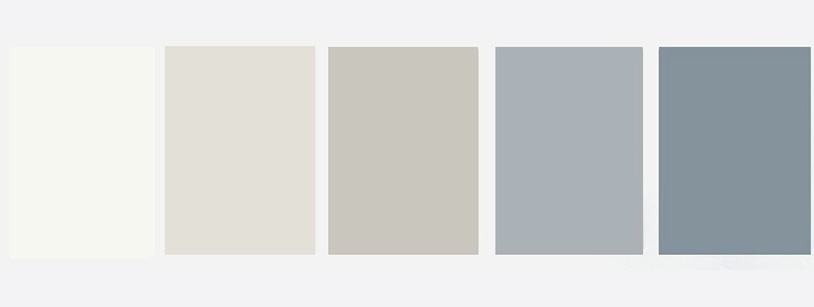
The coastal style is filled with wooden and rattan furnishings, incorporating elements like bamboo, ropes, anchors, seashells, and other marine-themed objects to create a maritime and oceanic atmosphere.
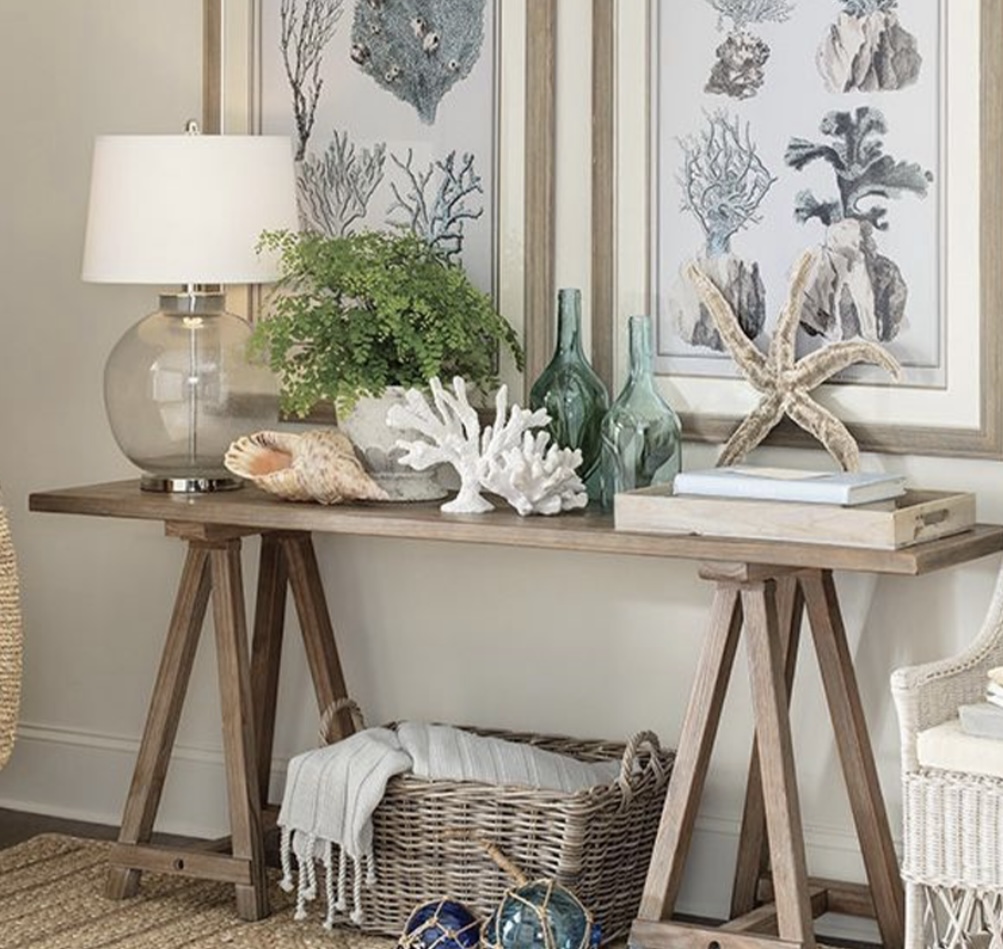
Key Elements of Coastal Interior Design Coastal interiors typically feature a soft, faded color palette combined with natural materials like linen, cashmere, wool, and alpaca. Common design motifs include:
Spacious windows maximizing natural light and showcasing landscapes
White walls
Color palette inspired by a rocky beach, incorporating blue, white, cream, green, and gray tones
Sleek lines
Natural wood elements and matte painted surfaces or plaster finishes in construction materials
Textured materials like rattan and jute
Traditional design features like sisal rugs, slip-covered furniture, linen, and ticking stripe patterns
Choose natural materials when decorating a coastal home, such as hardwood or stone floors, and incorporate the following materials in furniture and accessories:
• Rattan
• Jute
• Wicker
• Driftwood
• Linen
• Bamboo
• Seagrass
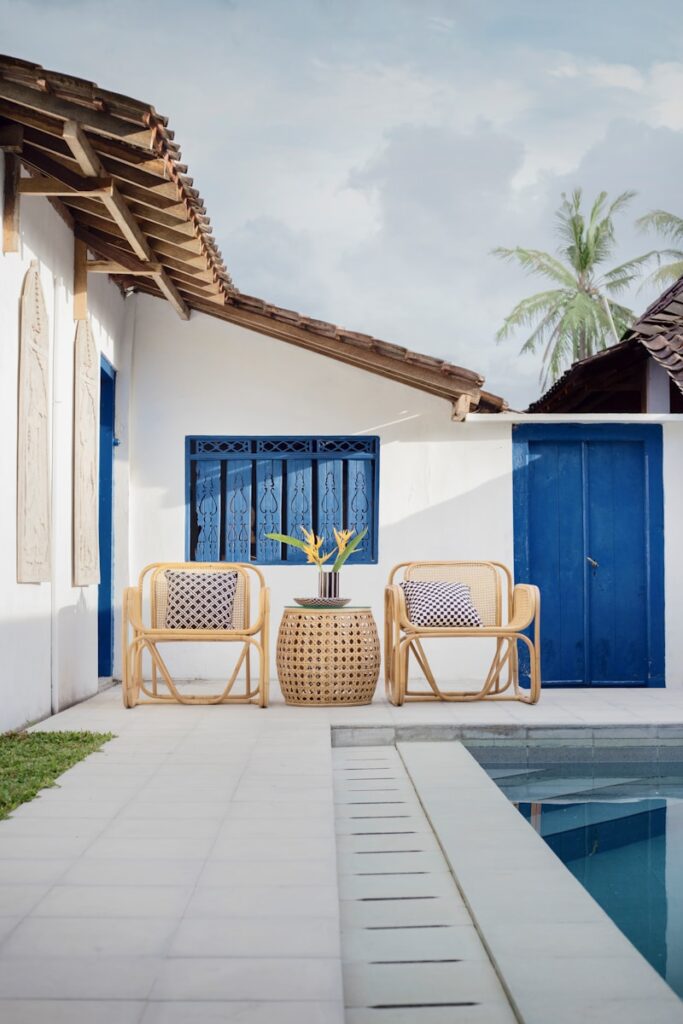
Is there a distinction between coastal and beachy styles?
Yes, there is a distinction between coastal and beachy styles. Coastal style tends to focus more on incorporating elements inspired by the seaside, such as natural textures, soft colors, and nautical motifs. Beachy style, on the other hand, often emphasizes a more casual, relaxed, and laid-back vibe with a strong emphasis on beach-inspired decor and accessories, such as seashells, driftwood, and beach-themed artwork.
To put it into perspective, think of the rocky coastline of a New England beach versus a tropical beach in Florida with turquoise blue water. Despite both being associated with the sea, the aesthetic and atmospheric distinctions are clear. The same principle applies to coastal and beach-themed design. Both styles draw inspiration from seaside elements, incorporating neutral colors and natural textures in the home. However, there are unique characteristics that set them apart.
How do you build a coastal interior?
When crafting a coastal interior, it’s essential to steer clear of clichéd or predictable decor choices. Rather than relying on overt symbols like shells, starfish, or navy blue stripes, draw inspiration directly from the coastal landscape. Embrace earthy hues, organic textures, and carefully curated shades of blue,They advocate for a design ethos that captures the tranquility and serenity of coastal living, fostering a sense of relaxation and ease in everyday surroundings.
Coastal history
The history of coastal interior design can be traced back to the early 20th century when people began to seek out the calming and soothing effects of coastal living. In the 1930s and 1940s, the popular Hamptons style emerged, characterized by a mix of casual elegance and seaside charm.
Over the years, coastal interior design has evolved to include a variety of influences from different coastal regions around the world. From the classic Cape Cod style to the more modern Scandinavian coastal look, there are various interpretations of coastal design that cater to different tastes and preferences.
Today, coastal interior design remains a popular choice for those looking to create a tranquil and inviting environment in their homes. With a focus on light and airy spaces, natural textures, and a hint of seaside flair, coastal design continues to be a timeless and beloved aesthetic for many homeowners.

